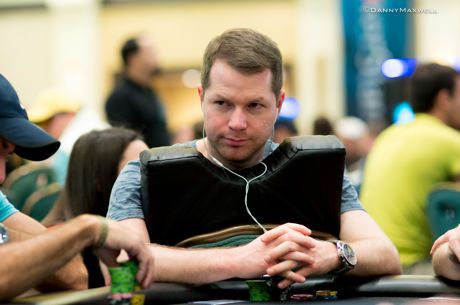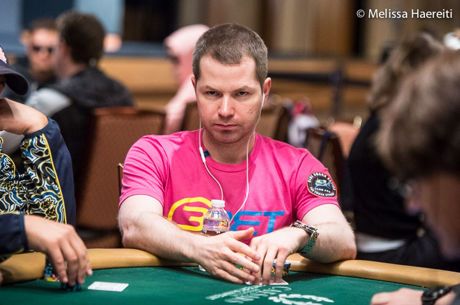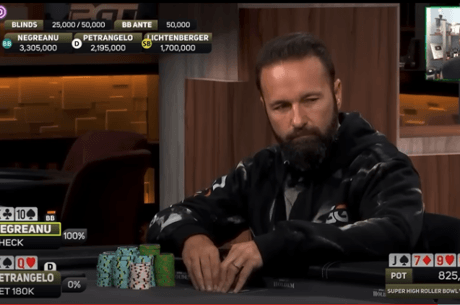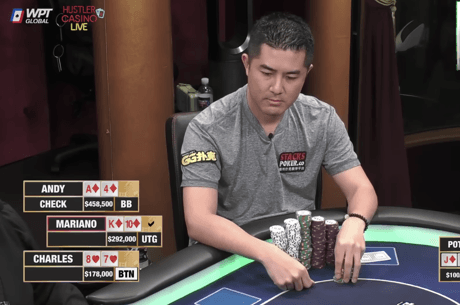Jonathan Little Breaks Down 2020 WSOP Main Event Final Hand Between Salas & Botteon
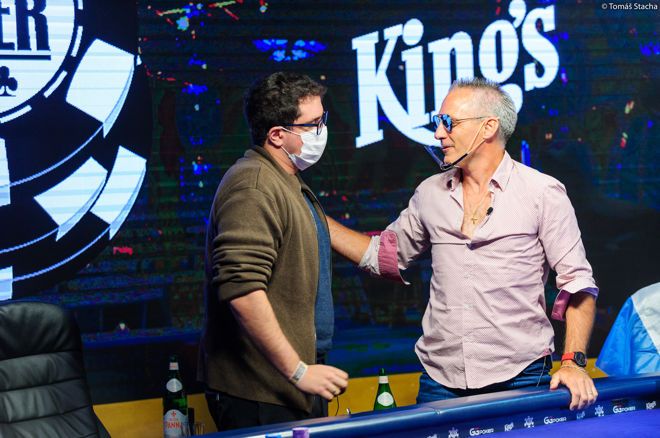
This hand from the 2020 World Series of Poker (WSOP) Main Event at King��s Casino in Rozvadov has lots of talking points as Bruno Botteon attempted to pull off a big bluff. Most final hands of a tournament are not very interesting as the stacks get shallow and players find themselves all in preflop, but this one is actually very interesting with some tricky decisions from both players.
The hand took place in the 300,000/600,000/600,000 level when Damian Salas (27.5 million) limped the small blind with an unknown hand and Botteon (10.4 million) looked down at the 3?7?, which he checked. The K?4?2? flop gave Botteon backdoor straight and flush draws, but he still checked to Salas. I would just fold to a bet here, I don��t really see any other options, but Salas checked behind.
That got us to the interesting point in the hand when the 6? appeared on the turn. Botteon picked up both straight and flush draws, so what is the best way to go about playing this pretty strong draw? Should we check? Bet small, like 600K? Bet medium, like 1.2 million? Or bet big, 1.8 million, the size of the pot?
"If we do decide to bet, we want to make sure that if we bet and do get raised, we are not putting ourselves in a spot where we��re going to have to fold a hand with a lot of equity."
What we really don��t want is to get blown off our hand. If we do decide to bet, we want to make sure that if we bet and do get raised, we are not putting ourselves in a spot where we��re going to have to fold a hand with a lot of equity. This is a spot where you want to make sure you are the one putting in the last bet.
If we did bet medium or big and got shoved on, that would be a disaster as we��d have to fold. But what about a smaller bet like 600K? If Salas does raise, he probably makes it 1.8-2 million, which we can either call or easily shove all in. So, for us to have the ability to put in the last bet, we either need to bet small or check. If it goes check-check, we get to see the river, and if we check and face a small bet, we can call with good odds.
I think the play is to either bet small or check, and Botteon did check. Salas bet 1 million, which was kind of an annoying size as if we do shove all in, it��s a big jam. Any king or better can reasonably call, and he likely would call with any premium draw. I��m not a big fan of moving all in here, so should we go for a small raise? The problem with that is we��d get shoved all-in on sometimes.
I think the play here is to either call or go all in, and the latter is a giant risk. Calling isn��t super attractive either as we��re only going to get there about 25 percent of the time, which is about breakeven odds. Whenever you have breakeven odds and there��s a good chance more money will go in on later streets, you have implied odds. Given that, I think the play is to call to see the river.
However, Botteon went for the check-raise by making it 2.8 million out of his 9.8 million stack. This play had the potential to go terribly wrong in those instances when the small blind goes all-in, but that didn��t happen as Salas just called to see the 8? river.
Botteon missed but if there was a spot to go all in without actually making a hand, this was probably it. The club flush got there, and the seven-five straight got there. It was a good card to represent. Plus, Botteon had 7 million back and the pot was 7.4 million, so it was easy all in. He shoved and Salas called with the K?8? for the rivered two pair and the win.
For a more thorough breakdown of this hand, including why Salas likely would have called with even just a pair of kings with a weak kicker, check out my thoughts in the following video:
Jonathan Little is a professional poker player and author with over $7,000,000 in live tournament earnings. He writes a weekly educational blog and hosts a podcast at JonathanLittlePoker.com. Sign up to learn poker from Jonathan for free at PokerCoaching.com. You can follow him on Twitter @JonathanLittle.

